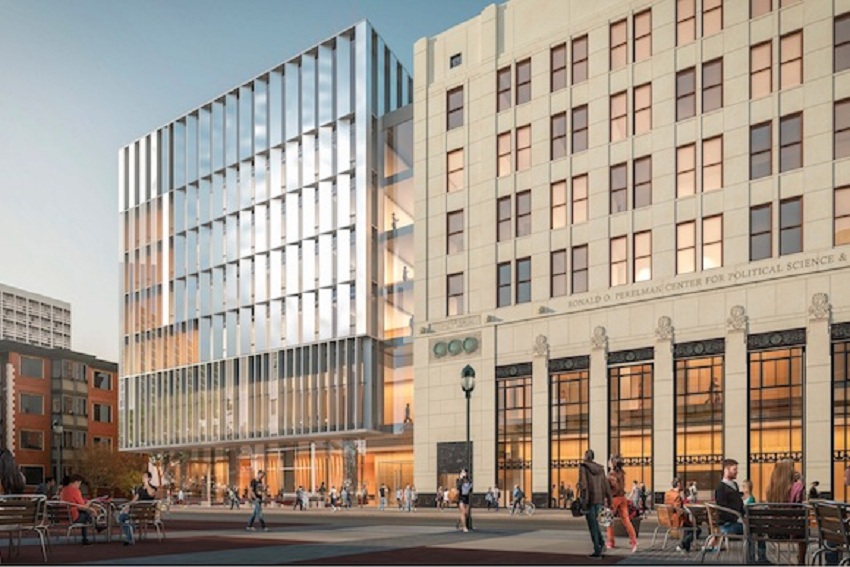Contractors have experienced more business activity in the aftermath of Hurricane Sandy. From window companies and hauling services to firms specializing in concrete curbing, local business have benefited immediately from an otherwise tragic event.
According to industry analysis and leading contractors in the industry, however, firms should not expect this uptick in activity to mark the beginning of an extended, secular shift for the construction industry.
Old versus New
Debate remains on whether the new work created by the storm will outweigh the amount of projects lost because of it. Moreover, it seems unlikely the work related to repairs and cleanup from the storm will overcome the still weak overall building and development conditions in the economy.
Contractors have benefited with immediate work to repair pressing problems and damage from Rhode Island to New Jersey, including the dangling crane from a skyscraper on 57th Street in New York City. However, the dangling crane itself has paralyzed all other construction activity within blocks of the building because of safety concerns.
Experts like Ken Simonson, the chief economist for the Associated General Contractors of America and president of the National Association for Business Economics, believes the hurricane damage will result in a net negative result for the construction industry in the area.
Peter Tully, CEO of Tully Construction Co. in New York, understands the overall trend. His company has prospered in the immediate aftermath of the storm, awarded contracts for immediate debris removal and other services in New York City, but he recognizes that the rebuilding work may not begin to flow significantly for years to come, if at all.
Federal Government Holds the Key to the Future
For some, the influence of the federal government may prove to be the avenue for lasting building and construction. For cities like New York that have experienced two devastating hurricanes in recent memory, the government may allocate more dollars to infrastructure and building needs that protect the city and the surrounding communities and states from future natural disasters.
Though this is a novel approach to unleashing a fresh wave of building and construction in the area, contractors like Tully believe this type of federal-based initiative brings with it crippling bureaucratic processes that may preclude the commencement of such development for years.
Lessons from 9/11
Tully thinks funding is only one part of the daunting rebuilding process. Planning and design also serve as roadblocks to growth and progress. Citing the aftermath of the 9/11 disaster, he acknowledges an immediate and efficient effort to clean-up the area and ensure that normal activity returned, yet when it came time to rebuild, staggering impediments arose with outsized budgets, poor design and redundancies in architecture and engineering, stifling any significant progress for years.
Although contractors are experiencing some immediate lift now in their businesses, past trends suggest there may still be years to come in the uncertain wilderness before consistent expansion returns.
